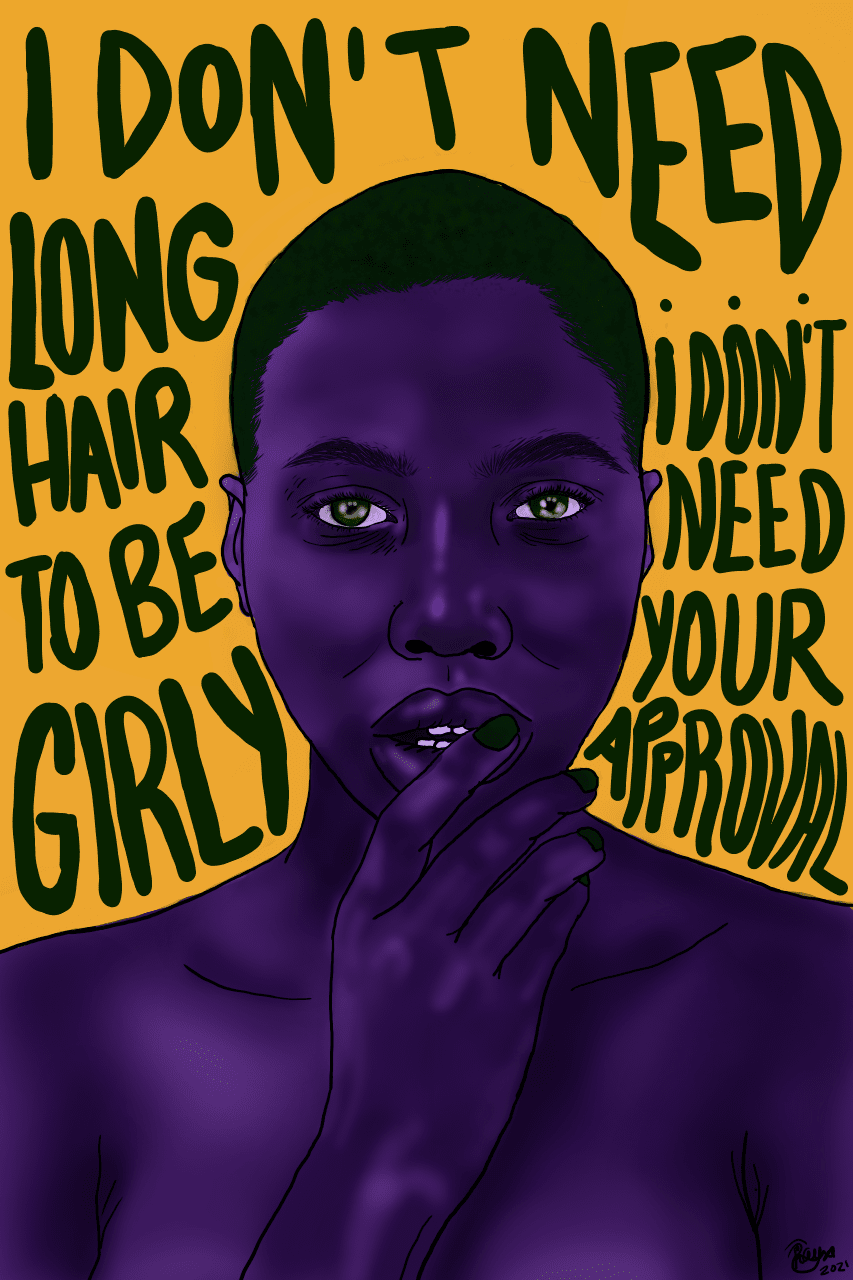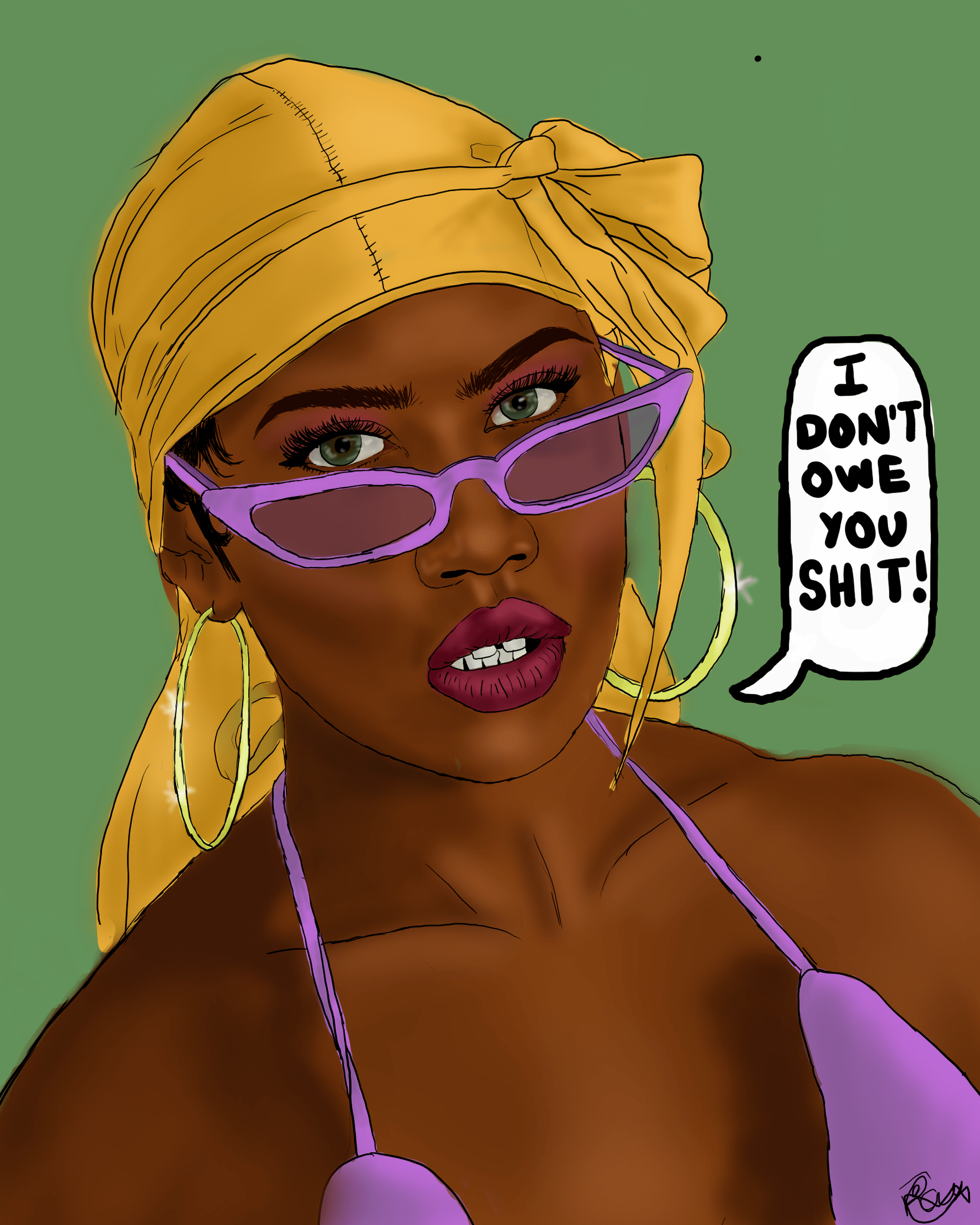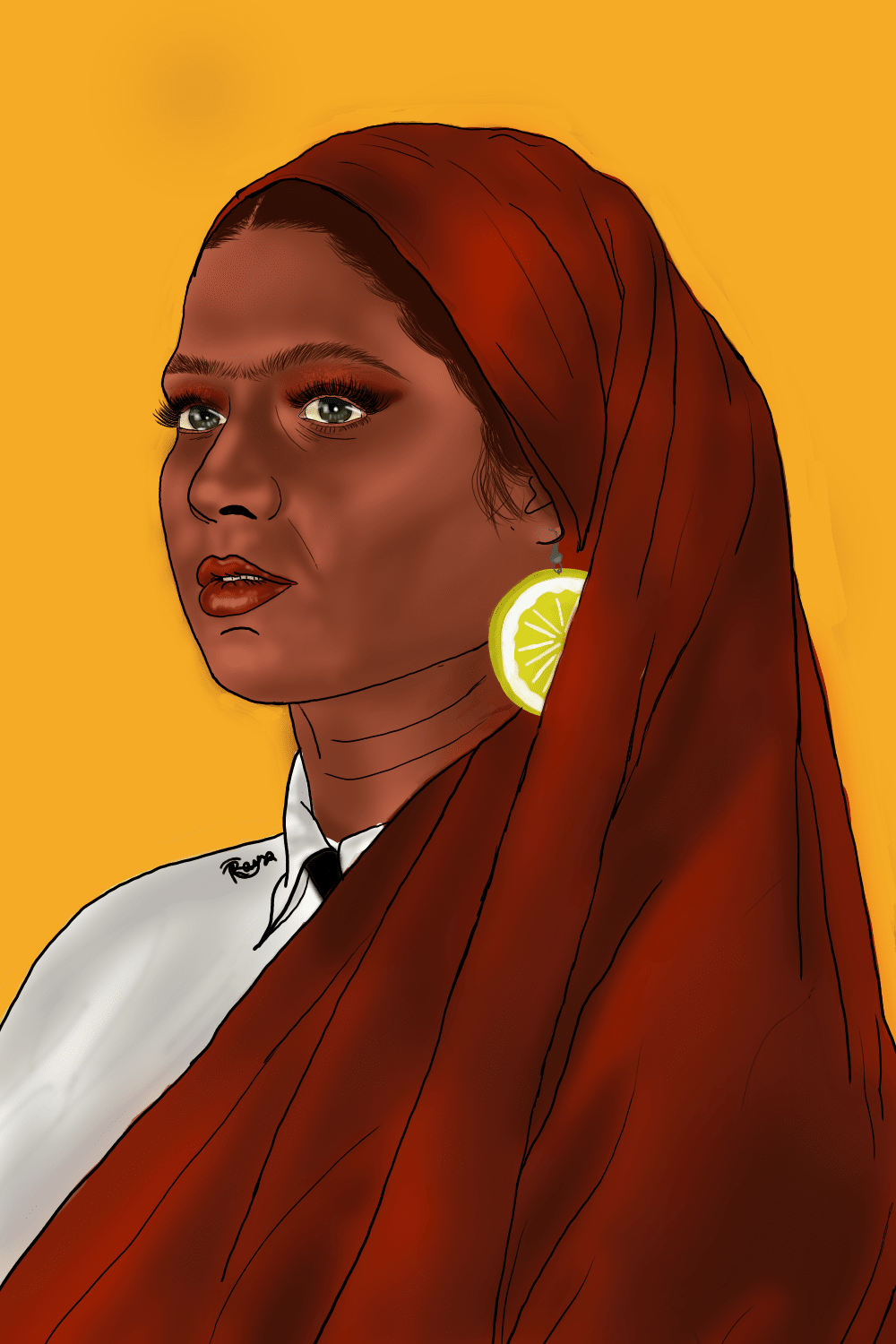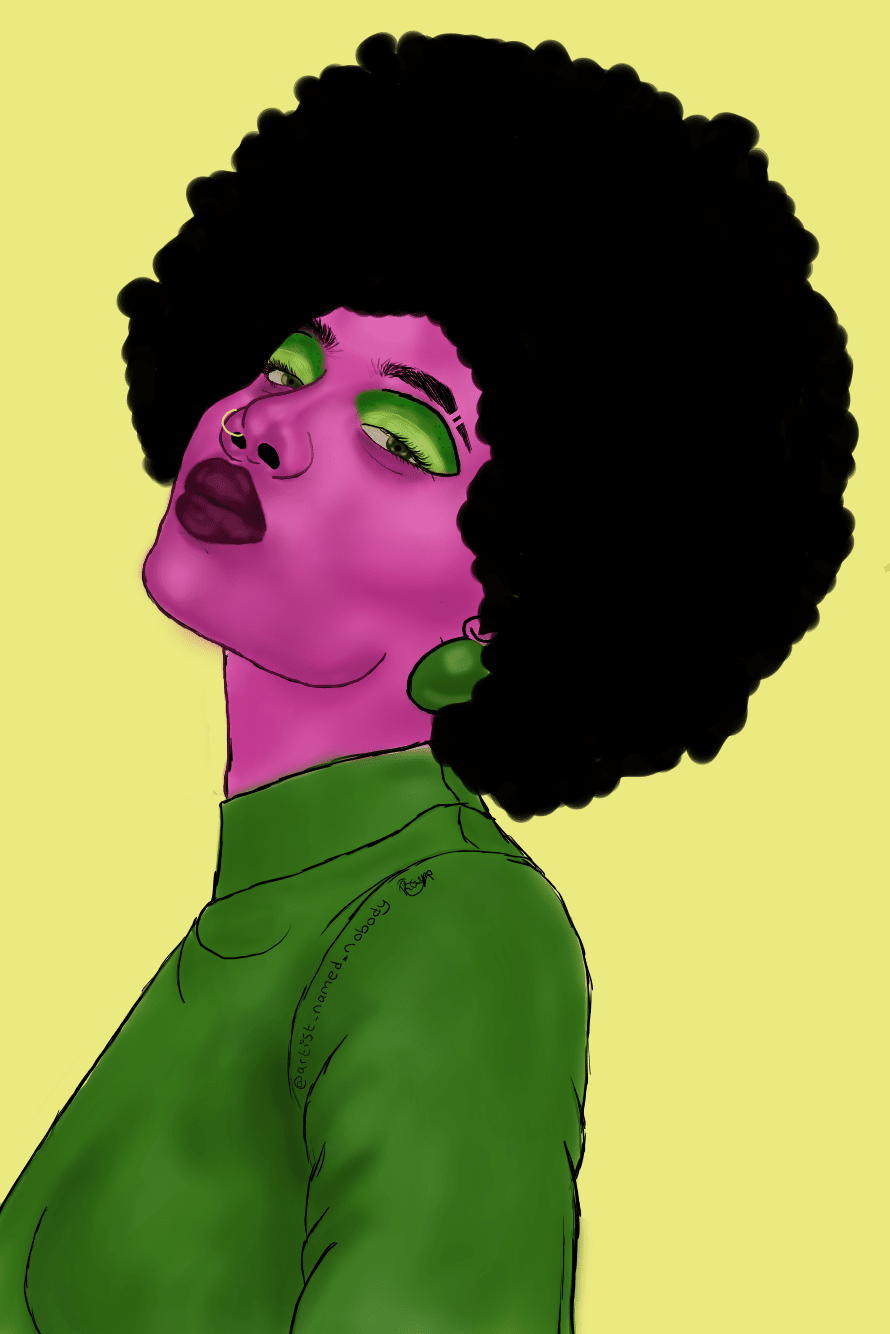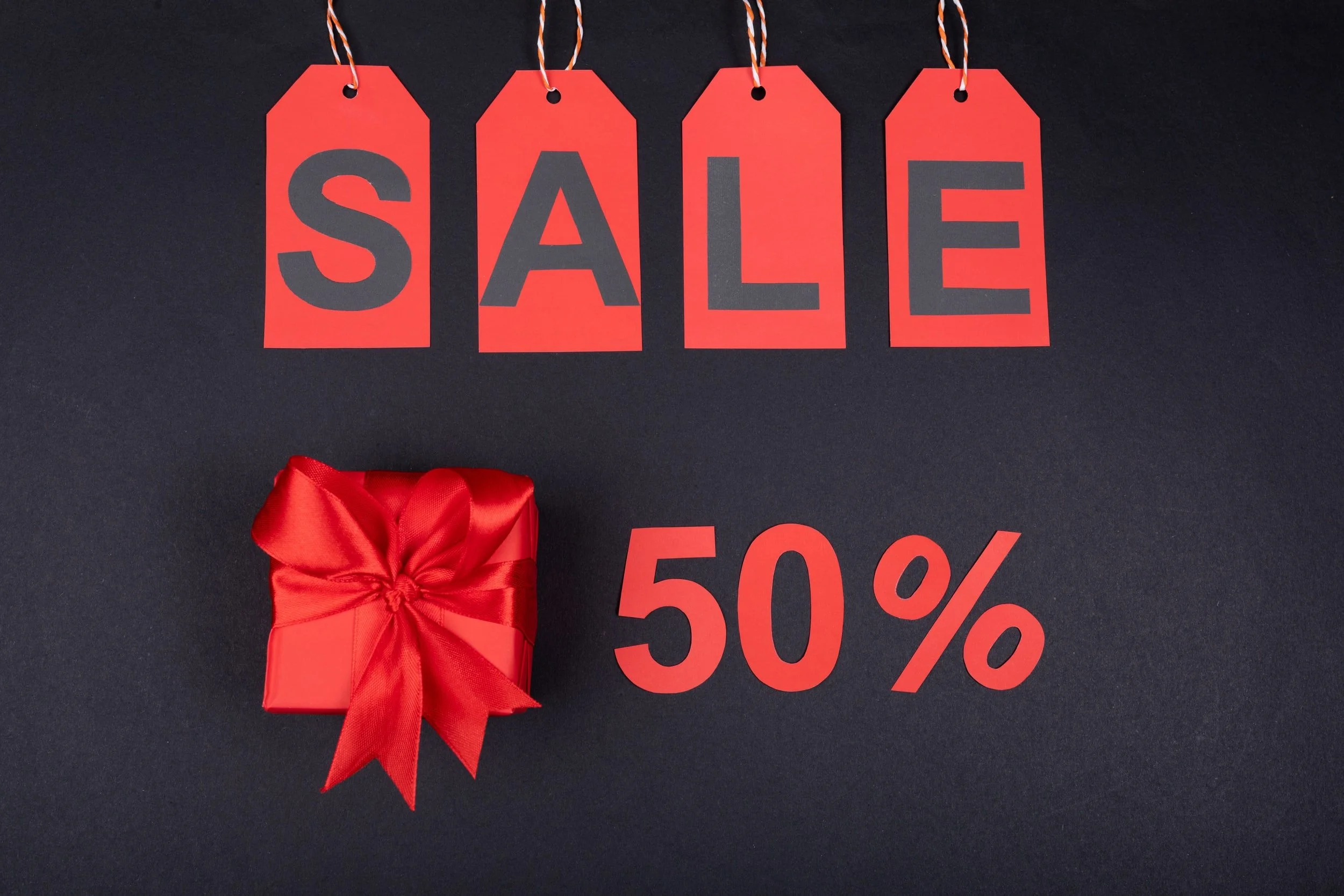Talking to: Artist Named Nobody
Rae is a young artist behind the Artist Named Nobody brand, and she is on a mission to make Black representation in art mainstream and positive believing it should not need to exist as a small, niche category. She is first and foremost an artist working in digital media and watercolour but as well as visual art Rae is branching out into gender neutral and size inclusive clothes, notebooks, bags, earrings and more, all infused with her love of colour and diversity.
She talks to us about her beliefs about why we need to see more Black subjects in everyday art, how she carved out her own individual style, and where she is headed next. Wherever it is, it is going to be an exciting journey.
Tell us a bit more about yourself: where are you based, what do you create, what do you do in your everyday life?
My name is Rae, I am based in London and I create traditional watercolour and digital portrait art. In my everyday life, I am halfway through completing my law degree at university and have hopes of leaving university with a growing business that I can manage full-time after graduation.
Have you always been creative?
I would describe myself as someone who has been very artistic from a very young age. I was always that child who was obsessed with drawing at any given time - on holiday, on day trips out with the family, at home, and even at church during services! Whenever I left the house as a child, a sheet of paper and pencils were essential items to carry with me.
My fascination with art began from admiring the work that was in my home. In my dining room there used to be a huge original painting done by my uncle which depicted young men fishing crab out of the rivers in Trinidad. In other rooms of the house, there were magnificent photographs and sculptures of African faces that I was absolutely in love with. I was so fascinated with the facial features of the models and how different angles of lighting could alter not only their features, but the message that their expressions carried. Before I understood what being black was, I saw these photos of black people and understood that they were beautiful.
My journey into art progressed through tracing illustrations in Jacqueline Wilson books and copying my older sister’s cartoonist art style until I could perfectly replicate Jacqueline WIlson’s illustrations freehand. From there, I continuously worked on my freehand style. Over a period of about six or seven years, my style evolved. It began with basic stick men and ‘Tracy Beaker’ styled cartoons before becoming more complex anime characters. As my skills grew, I began drawing basic facial anatomy at age 15 and have since been continuously improving how I draw facial features.
I put down my pencils and started experimenting with watercolour during my period of studying art at school. GCSE Art is all about experimenting and finding new ways to communicate your message, so I got over my fears of paint and started practising with acrylic and watercolour. I could go on about how I chose to stick with watercolour because the softness of the colours and the way they blend represent a deeper meaning about society, but in reality, watercolour is just the medium I find easiest to paint with, as the colours blend easily and mistakes can be painted over. For a few years, I developed my portrait skills in the watercolour medium, but when I opened my online art shop and realised that I would have to continuously produce new art to engage customers, I branched out into digital art and used the skills I learned when painting traditionally to figure out how to create beautiful digital portraits.
I campaign so much for the humanising of black people in art but, when I used traditional watercolour, all the black women I painted looked the same. Now that I use digital art, I can expand the diversity of the faces I paint. I can provide representation not just for women of different skin tones, but for women with different hair textures, skin conditions, eye conditions, religions, disabilities and more. It’s only going to get more diverse and colourful from here!
I don’t know if there’s a name for my style of portrait art and I don’t personally put a label on it (which makes applying for art competitions sometimes tricky). I don’t feel a need to; it is what it is and it is something that is beautiful without a label.
You explore the importance of making a space in the art world for mainstream and positive Black representation in your work. Tell us more about this and why this is so important to you.
It is important to me that black faces in art become mainstream because the very fact that it is a topic of discussion in this interview is a problem. If black faces in art were mainstream and as normal as white faces, we wouldn’t be having this conversation. Presently, there’s a serious issue of lack of ethnic diversity in the art world - people are used to entering galleries that have white walls decorated with white faces painted by white artists. But the world is more diverse than that and galleries (especially ones in London which is one of the most ethnically diverse cities in the world) should reflect that.
As the saying goes, shouldn’t art imitate life? White faces in art are so normalised and mainstream that the idea of ‘white art’ doesn’t even exist in people’s minds, just ‘art’ that features people. Viewers don’t even think of the people painted as white people, [they are] just people in art. That’s how I want viewers to think about black faces in art - we are just beautiful people depicted in art and that’s it.
Instead, black people are shoved into this narrow cultural box which lumps us all together, completely ignoring the fact that black people from America, Europe, Africa and the Caribbean are all culturally different, despite being the same colour. We are not known as artists, we are only known as ‘black artists’ who can only be popular in the ‘black art’ community. Our work is typically only shown in a major art gallery when its part of a black exhibition collection once a year during Black History Month or when our art depicts a powerful message about the presence of racism in our community. Whilst it is crucially important to have black spaces where work is made by us for us, this cannot be not the only place where we are appreciated.
For me, the issue of black art not being mainstream is secondary to the larger issue, which is that the representation that black people are currently given is negative and dehumanising. Black people in art are used as tools to educate audiences about issues to do with racism, crime, poverty and the lasting impact of slavery. Whilst these issues are important to discuss (and I do not condone anyone who chooses to use their artistic voice to talk about these issues), these issues do not define us. I am sick to death of black people being used as objects to tell stories about oppression in art and media as if racism is our only personality trait. Black people in art should be seen as nothing more than people - not objects. That’s why I paint portraits with a plain background devoid of symbolism - I don’t want you to focus on what the painting represents and I just want you to focus on the person and their individual beauty.
What work are you proudest of?
The first piece of art I ever had shown in an art gallery at sixteen. Looking at it now, it’s not in any way the best looking piece of work I’ve ever made, but it’s meaning makes it beautiful. It was my first time expressing myself genuinely and unapologetically through art. It was my first time publicly speaking about my racial identity and how it affects me through art. It was my first time entering an art competition and I got through to be featured in a gallery. It symbolises the birth of an incredible journey that has led me to this very moment talking about a business that I have built, which is good and will continue to grow until it is great.
Who are you influenced by?
Rihanna - with Fenty Beauty, she has created a platform that internationally inspires and uplifts. She promotes diversity in its greatest form and showcases the beauty of people of all races, appearances and physical abilities through her brand. I want to do for the art world what Fenty Beauty has done for the makeup world.
Dean Graziosi and Tony Robins - Watching their videos and attending masterclasses has taught me so much about business. No matter what anyone sells, it’s not about talent or what the product looks like - only the story behind it. My Pet Rock didn’t become popular because it was a brilliant idea, it became popular because it had excellent marketers promoting it. No matter how good my art is, it will never get anywhere on talent alone - success in selling is almost 100% about how something is marketed. Tony Robins goes a step further, however, and not only teaches about marketing but also reminds me that everything begins with mindset. Marketing cannot succeed without a confident marketer, and one cannot be confident without having a confident mindset and positive outlook on life. He teaches that everything is connected and success doesn’t start with a manual or how-to guide, it starts from within and it starts with a hungry attitude.
Elsie & Fred - Truly a crucial part of my success. When I first started my business, I would try to have a minimalist, neutral coloured aesthetic on my social media and website in alignment with what other popular artists were doing. Then I realised that all my clothes are colourful, my hair is colourful, my art is colourful and my bedroom is a literal rainbow, so why am I pretending to be something I’m not with my brand? Elsie & Fred have the perfect blend of unapologetic colour and style, but they also go deeper in creating not just a shop but a community with their page. I literally studied their brand and how they work for about four or five months straight, picking up on every single detail of every piece of content they were pushing out and studying it to replicate the best bits of it for myself. Because of them, I am no longer afraid to be my colourful, unique, outgoing, fun self and my business is better than ever because of that confidence.
Megan Thee Stallion and Beyonce - For the same reason, I am obsessed with them both. Bad ass, independent, confident and not giving a fuck about anyone else’s opinion; they are true confidence queen icons
India Arie - A gentler version of Megan The Stallion. She’s all about self love but instead of rapping about her pussy power and how she doesn’t give a fuck what you think, she softly sings about how she radiates love and light and how she is made in God’s image and doesn’t need anyone’s validation to exist.
Who are your favourite current artists?
RocioMarie - An artist on Instagram, I see her shining making her earrings, creating whatever she wants and painting her home how she wants. She lives loudly, colourfully and has her dream job selling her art and I want that.
DorcasCreates - she’s another amazing artist. She is like me and doesn’t paint black people to talk about oppression and also uses plain backgrounds so you’re just focused on the beauty of the person and not what they represent. She is an established business owner and makes me believe that the same is possible for me to achieve.
What is coming up next for you?
For my birthday in March, I set myself the goal of getting my business in a printed magazine as a birthday present so I sent out around fifty applications, and now I’m appearing in a few this summer!
I’ve recently released a new collection of earrings to my website and I want to expand my jewellery collection. I want to use this collection not only to sell accessories but to also include women from minority identity groups in my advertising to campaign for greater positive representation in the fashion industry.
My dream is to be featured in a major art gallery or art magazine by the end of 2022 if not 2021. Wish me luck!




